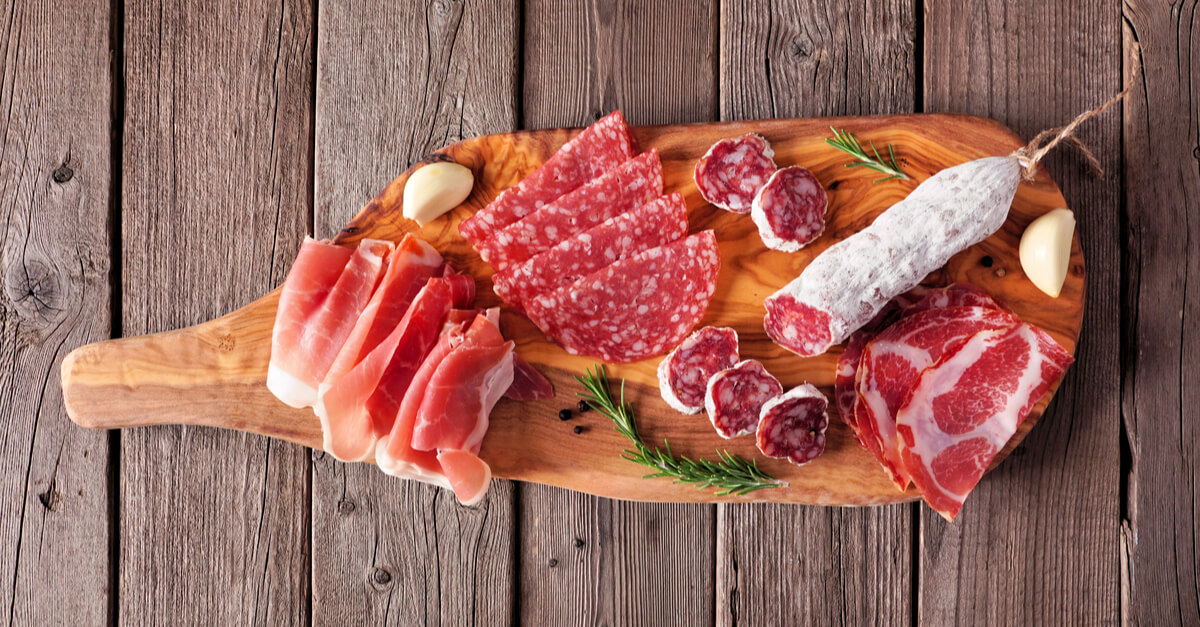The Struggle:
If you’ve seen our posts in the last few months we started using umai bags. These bags may seem like magic and frankly I think they might be. Three of the most difficult, expensive, or impossible tasks for a home kitchen all made possible. But for those of you who haven’t seen just what these bags are capable of I’m about to blow your mind and tell you all about it.
“How do umai bags work and what can you use them for?”
Uma[m]i
In case this is the first time you are hearing about Umai bags I will give you a quick run down. Umai bags are similar to a vacuum seal bag, that are used to seal in a piece of meat. But that is where the similarities stop. Umai bags are made of a membrane that adheres to the outside of the meat and allows moisture to be released. The umai bags also prevent any airborne pathogens from landing on the meat (once it’s been sealed) and causing it to spoil. So why exactly would you want to use umai bags? Umai bags can help you do three of the most difficult home tasks in all of culinary arts: Dry aging, Charcuterie, and salumi. Let’s take a look at each one and see just why umai bags are the king.
Dry aging is the most simple of these 3 tasks. A large cut of meat will be placed in a temperature and humidity controlled environment for anywhere from 28-48 days. This period of time can change depending on the personal preference. With umai bags the process is simplified. Place the meat in an umai bag, seal it, place it on a rack in a refrigerator, wait 28 days. That’s it as long as the meat didn’t come in contact with any bacteria it will be perfectly dry by the 28 day mark. Simply trim off any of the pellicle (dry exterior) season,sear, and serve. The reduced moisture in the meat intensified the flavor. Coupled with the fact that the enzymes in the meat will naturally tenderize it. It’s no wonder why people love dry aged meats and now it’s more accessible than ever with umai bags.
Charcuterie is in a similar boat to dry aging where large cuts of meats are dried to improve flavor and tenderness. Charcuterie differs in the sense that some of these meats can be dried for very long periods of time. These will need to be hung in a curing chamber which is similar to dry aged meats. When taking that into consideration these will need to be cured using prague powder #2. Prague powder will prevent any pathogens from growing on the meat. Umai bags remove the middle man from the equation. Cure the meat for 3 days – 2 weeks depending on the size. Pop them in an umai bag, seal it, and place it on a rack in the refrigerator to dry. Once the meat has lost about 40% of its moisture it is ready to slice and serve. These foods include pancetta, prosciutto, and bresaola.
The most advanced method is making your own salumi at home. But with umai bags it’s a breeze. If you have never made your own sausage before do not use these next two sentences as a quick crash course. Grind your meats according to the recipe you have chosen. Some recipes require an ingredient known as bactoferm. Bactoferm is a bacteria used to lower the PH of below 5ph to make it more difficult for pathogens to survive. Although with some sausage like saucisson sec this isn’t necessary. Prague powder #2 is also used to cure the sausage. The sausage can be piped into the umai bag just like a traditional casing. Rather than sealing the bags they need to be zip tied (included) at either end. You can use string if you prefer that. The salumi that contains bactoferm needs to be hung for 3-4 days to innoculate the Bactoferm and lower the ph. Then depending on the size of sausage they will need to be hung and dried in a refrigerator for 15-18 days.
All in all umai bags allow you to make things that were inaccessible to the common cook and even most restaurant chefs. But now they can be made at home with ease. And it’s all thanks to this magic membrane.



3 Comments.
This may come off as a naïve question but I must ask anyway and i’m sorry about that. Are the Umai bags made out of some sort of food based materials? I guess my main concern is whether or not it needs to have Kosher certification. Im a DIY’er of some funky foods and would love to give these a go but I need to first confirm if it requires Kosher certification.
The Umai bags are not edible so there is no OU certification required for them.
What are the advised amounts of Umami powder to be used? It appears it can be sprinkled on or mixed into food?